With tourist arrivals expected to reach 40 million this year in Thailand, the country’s most popular islands are buckling under the pressure of mass tourism.
Yet the kingdom has hundreds of quieter islands, some lined by beaches with a wow factor to match any of the popularity contest winners.
Others have an air of tranquility so resonating that travelers return perennially, often staying in the very same bungalows while reconnecting with small island communities.
Natives of these alternative islands have managed to dodge mass travel and its pitfalls, some embracing solar power and ecotourism.
Offering a smile to travelers without a sales pitch attached, they preserve their ways of life. These are not party islands, but friends are easy to make in bars made of driftwood.
Internet, ATMs, 24-hour electricity and hot water should not be taken for granted and many resorts close for rainy season. Bring a flashlight.
Koh Mak: Join the community
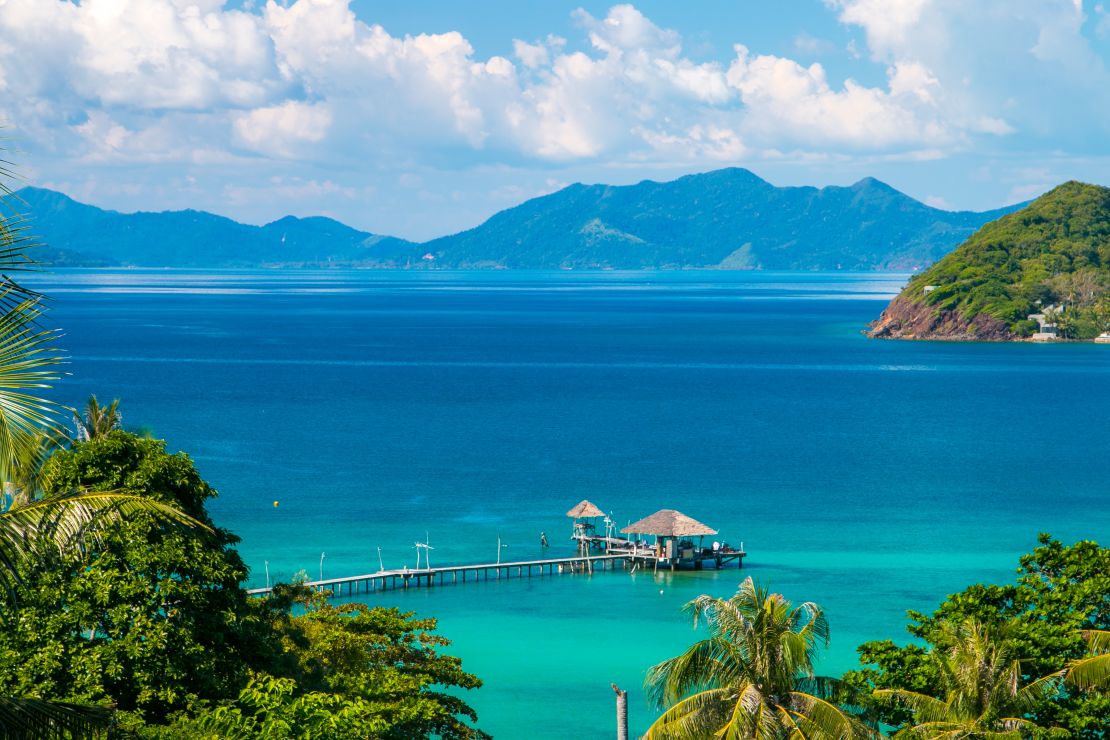
Five Chinese-Thai families whose ancestors arrived in the 19th century still cultivate much of the land on Koh Mak, a star-shaped island near Koh Chang in the eastern Gulf of Thailand.
Intimate, family-friendly resorts sit among pineapple farms, rubber groves, villages and pink-tinted sand overlooking the satellite isles. The largest of these is Koh Kradat, curiously home to a herd of deer that first arrived by order of King Chulalongkorn more than a century ago.
Eight miles west of Mak, Koh Rang is a brilliant undeveloped island with powdery sand and reefs in crystal water, protected by the Mu Koh Chang Marine Park.
Sandflies are an occasional problem on Mak and should that be the case, nearby Koh Kood is another fine alternative.
Getting there: Ferries depart regularly from Laem Ngop, and high-season speedboats connect Koh Mak to Koh Chang and Koh Kut.
Koh Phaluai: Slow-paced Samui escape
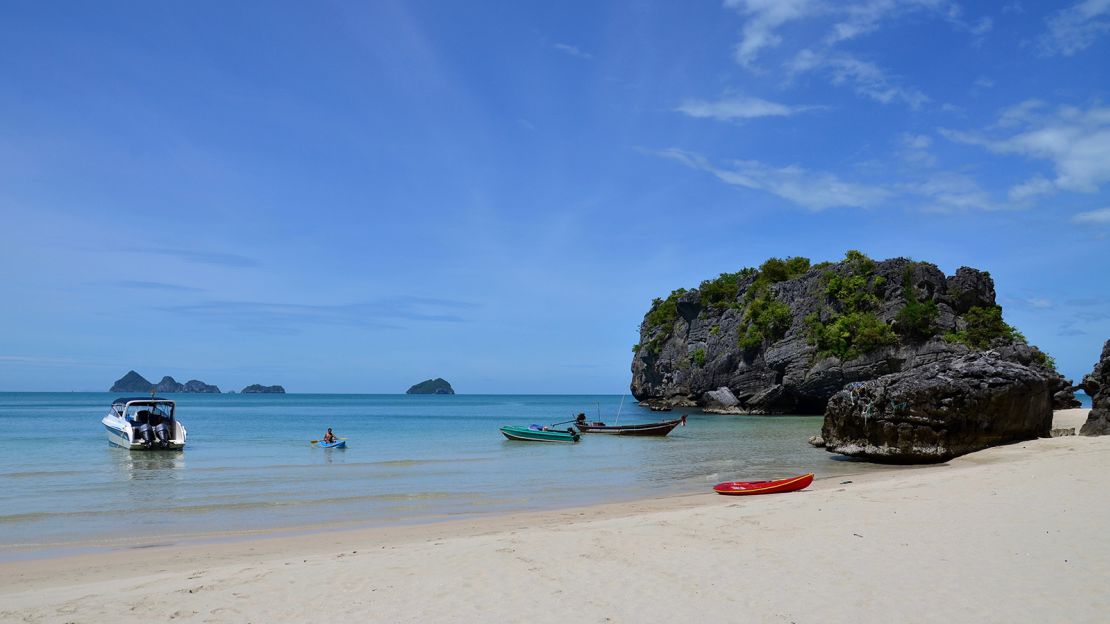
Seasoned travelers who bemoan how the Gulf of Thailand’s Koh Samui, Koh Phangan and Koh Tao transformed from farming isles to tourism juggernauts don’t always realize that there are a few nearby islands that are like throwbacks from the 1970s.
Set 15 miles west of Samui, Koh Phaluai is partly overseen by the government-protected Mu Ko Ang Thong Marine Park. In the forested south, a few resorts provide bungalows and longtails for cruising to marvelous Song Phi Nong Beach, where camping is possible.
After a couple of nights on Phaluai, consider hiring a boat and heading four miles north to the park-run campground at Koh Wua Talap, another terrific kayaking base.
Getting there: One daily boat departs at 1:00 p.m. from Koh Samui’s Don Sak pier.
Koh Chang (Ranong): Wave to Myanmar
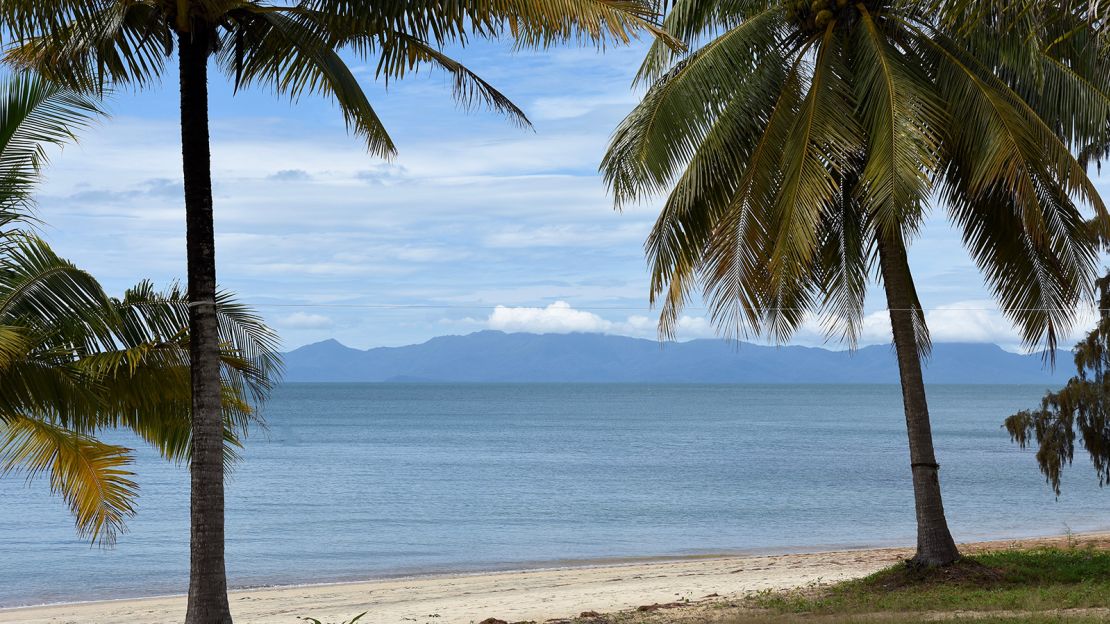
Not to be confused with the larger and more popular Koh Chang found near Koh Mak, this other “Elephant Island” stands within view of Myanmar at the northern crest of Thailand’s Andaman Sea coast.
Single-lane roads become dirt tracks that narrow to hiking trails and pierce a wildlife sanctuary in the jungle-cloaked south. To the north, roughly 50 islanders tend fragrant cashew trees.
With names like Hornbill and Sunset, $10-per-night bungalow resorts dot Long Beach and several coves, some accessible only by boat or a three-hour hike over the mountains.
Some visitors split their time with Chang’s comfier sister, Koh Phayam, where dive boats launch for sites in Thailand and Myanmar.
Getting there: Ferries for Koh Chang depart regularly from the pier near Talad Pla in Ranong town on the mainland.
Koh Phra Thong: Bring a shovel?

Emerging from a confusion of mangroves north of Phuket, “Golden Buddha Island” took its name from the solid gold image buried below either the white inland dunes or empty golden beaches – or so the story goes.
Before cozying under a mosquito net after a day spent lounging in the sand or pedaling through the savannah interior, stroll to the beach to see if glowing bioluminescent plankton accompany the starlight.
The subdued Golden Buddha Beach Resort rents privately styled beach houses, while Mr Chuoi Hut is a backpacker favorite.
Getting there: Longtail boats launch from piers near Khuraburi, Phang Nga province.
Koh Jum/Koh Pu: Either name will do
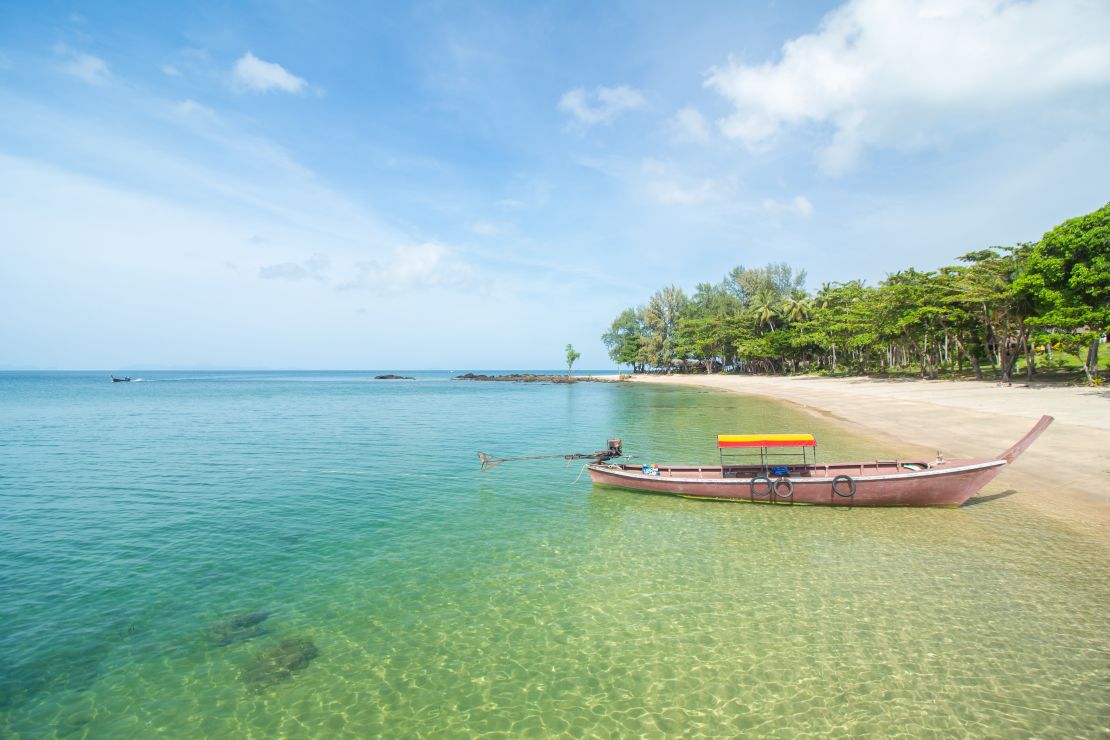
An easygoing vibe pervades the bougainvillea-draped lanes and sparsely developed beaches on this two-name island, which delights those coming from the bustle of nearby Koh Phi Phi and Koh Lanta.
A conical 1,385-foot mountain towers over Koh Pu, a name used only for the island’s northern terrain. Miles of khaki-sand beaches rim the south, known as Koh Jum and sprinkled with quality budget resorts like Woodland Lodge and Jungle Hill.
On Golden Pearl Beach, Koh Jum Beach Villas delivers a level of luxury not commonly found on alternative islands.
Some prefer remote Luboa Beach for the cheap huts and mellow vibe at bars like Peace Paradise, one of a few painted red, yellow and green.
Getting there: Local boats depart from Laem Kruat in Krabi. During the high season, ferries running between Krabi town and Koh Lanta stop at Jum/Pu.
Koh Mook: More than an Emerald Cave
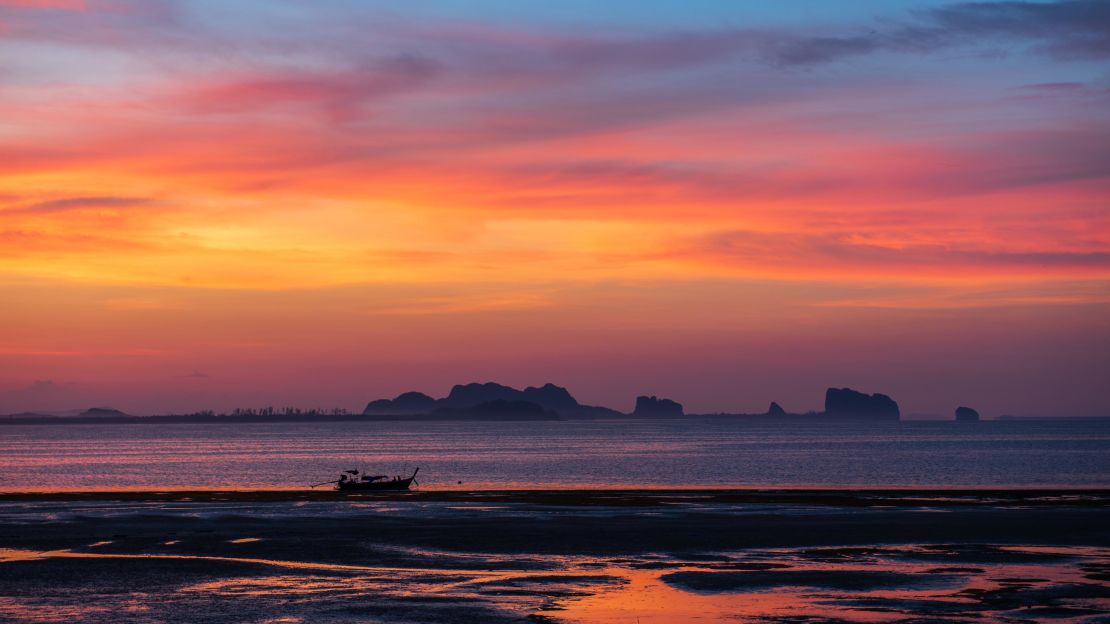
The “Pearl Island” of Trang province is a top-notch base for island hopping, with plenty of beaches and jungle trails for on-island amusement.
At Tham Morakot, or “Emerald Cave,” a gap in the base of a limestone cliff leads to a dark sea passage. After a few hundred feet, swimmers and kayakers emerge at an extraordinary beach encircled by vertical limestone – so steep that only monkeys descend it.
Hit the cave on a boat tour that might also include the snorkeling hubs of Koh Kradan, Koh Ngai and Koh Rok.
Afterward, settle into Mong Bar at sunset followed by Ting Tong Bar after dark for stories of cobras and wild-eyed Swedes.
Getting there: Local boats depart from Kuan Thung Khu pier near Trang town, and regional island-hopping ferries stop at Mook in high season.
Koh Libong: Meet the dugongs
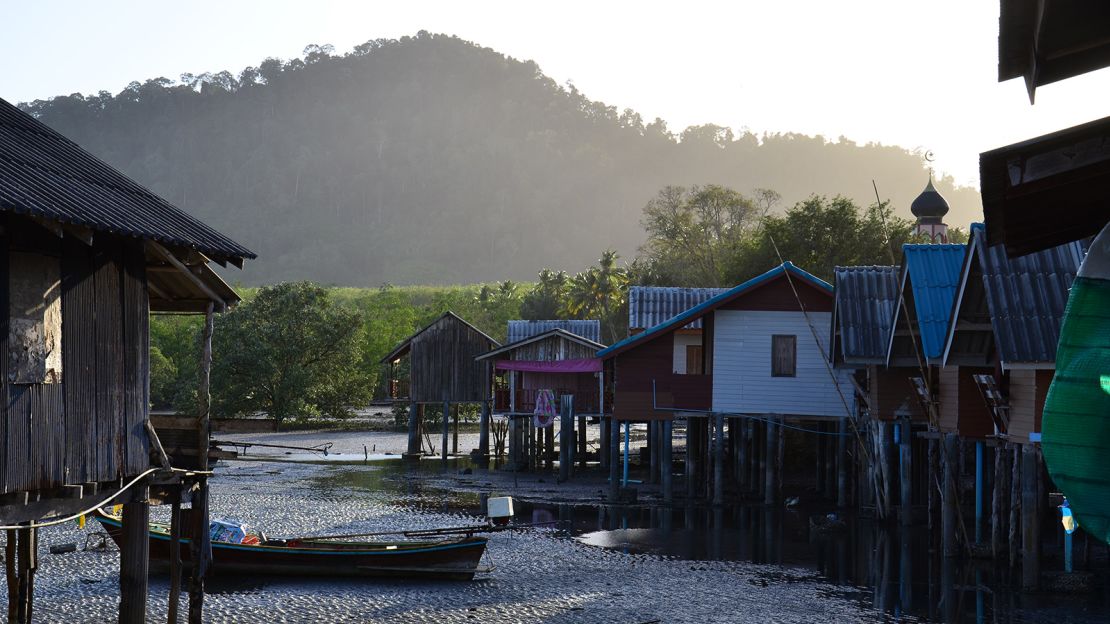
Most of the small resorts on Koh Libong stand on Lang Kao Beach, with its many swings hung beneath the lava-red leaves of umbrella trees.
When swimming becomes difficult because of low-tide rocks, visitors can explore a diverse topography of farmland, jungle, savannah, mangroves and karst.
From the top of a five-story purple tower in quaint Batu Bute, gaze at the island’s gold-topped mosque and look for Libong’s most beloved residents: the dugongs.
Amid the mangroves and sea grass of Libong Wildlife Sanctuary, kayakers might have a close encounter with some of the last of roughly 200 dugongs, gentle relatives of the manatee, alive in Thailand.
Family-run Libong Beach Resort offers dugong-spotting tours and simple yet romantic bungalows.
Getting there: Hat Yao pier in Trang province services the local ferries.
Koh Lao Liang: Unreal beauty away from the crowds
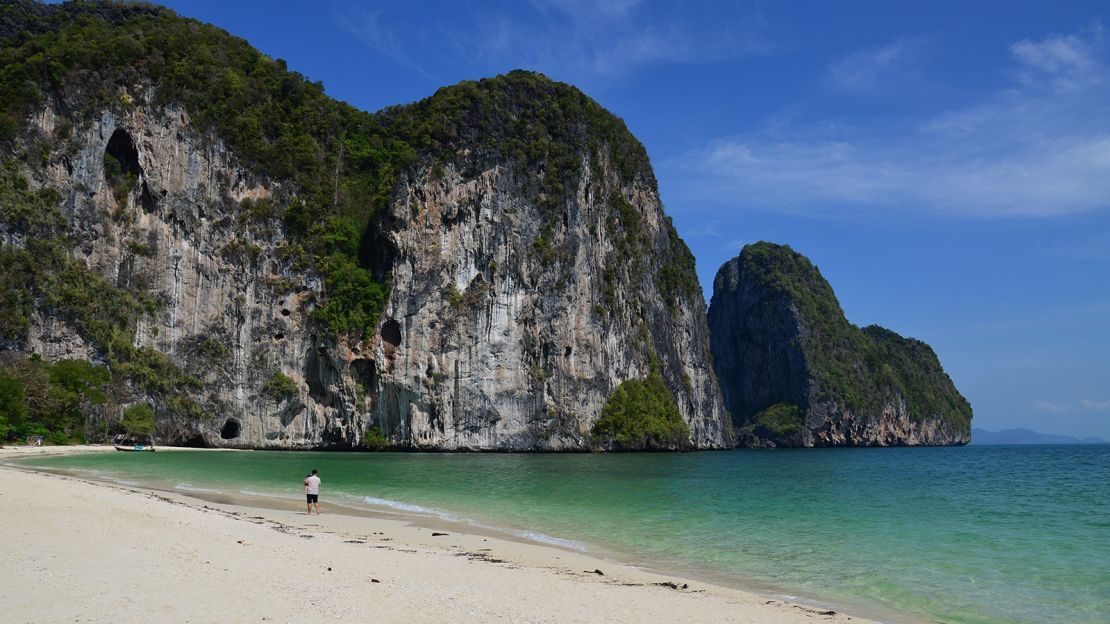
Those looking to avoid the masses at some of Thailand’s most beautiful small islands should head for Koh Lao Liang – two stunning islands that rise from the Andaman Sea.
Part of Mu Ko Phetra Marine Park in Thailand’s southwest, the little sister of the two hosts Lao Liang Island Resort, which provides large tents that unzip to an outlook of turquoise water and gnarly cliffs. Park rangers also provide kayaks, snorkels and climbing gear.
Slightly larger and equally handsome, the big bro Lao Liang has no development save a few shacks used by climbers who scale the crags in search of swallows’ nest, a delicacy in bird’s nest soup.
Getting there: Hire a private longtail at Hat Yao or Koh Sukorn, or catch a Tigerline island-hopping ferry for a transfer to Lao Liang.
Koh Bulon: Serenity to the bone
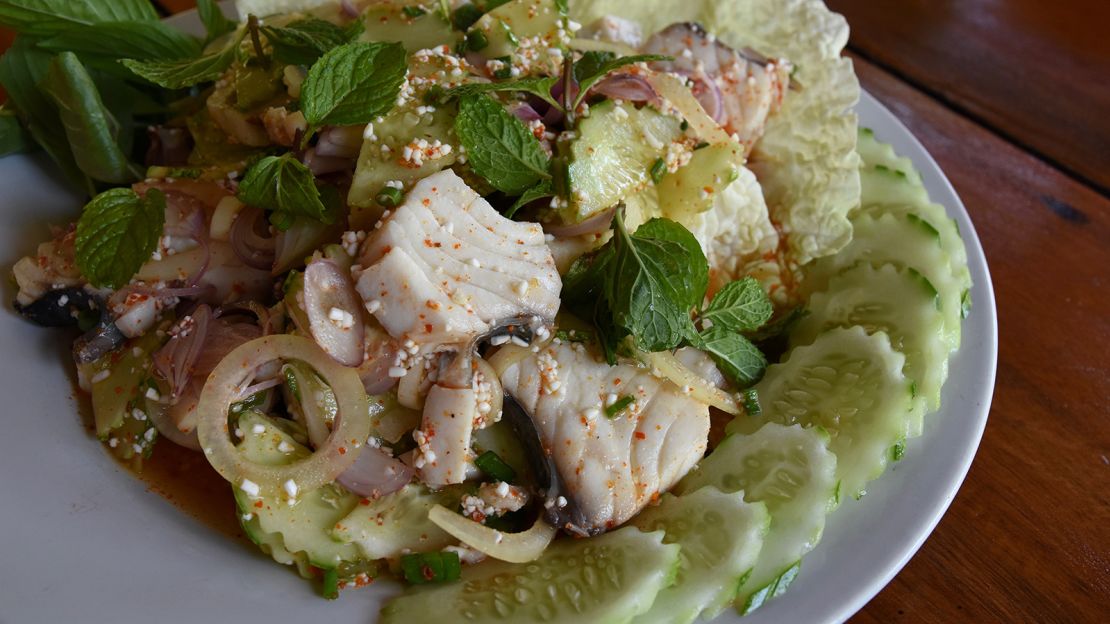
A little pink school occupies prime beachfront on this petite solar-powered island, accessed via the same pier town that clogs up with ferries bound for Koh Lipe.
Snorkeling and kayaking are possible, but many visitors are happiest swinging in a hammock or wandering past the goats, butterflies and batik fabrics hung out to dry.
It’s only a 15-minute stroll from the powdery sand of “School Beach” to the fishing village at Mango Bay, one of three languid coves.
On Panka Yai Bay, fill up on seafood caught by a member of the family behind Chao Le Homestay, named after the “sea people” who have inhabited Bulon and other islands in the region for generations.
Getting there: A daily speedboat launches from Pakbara in high season, when regional island-hopping ferries also stop at Bulon.
Koh Tarutao: Enter the jungle
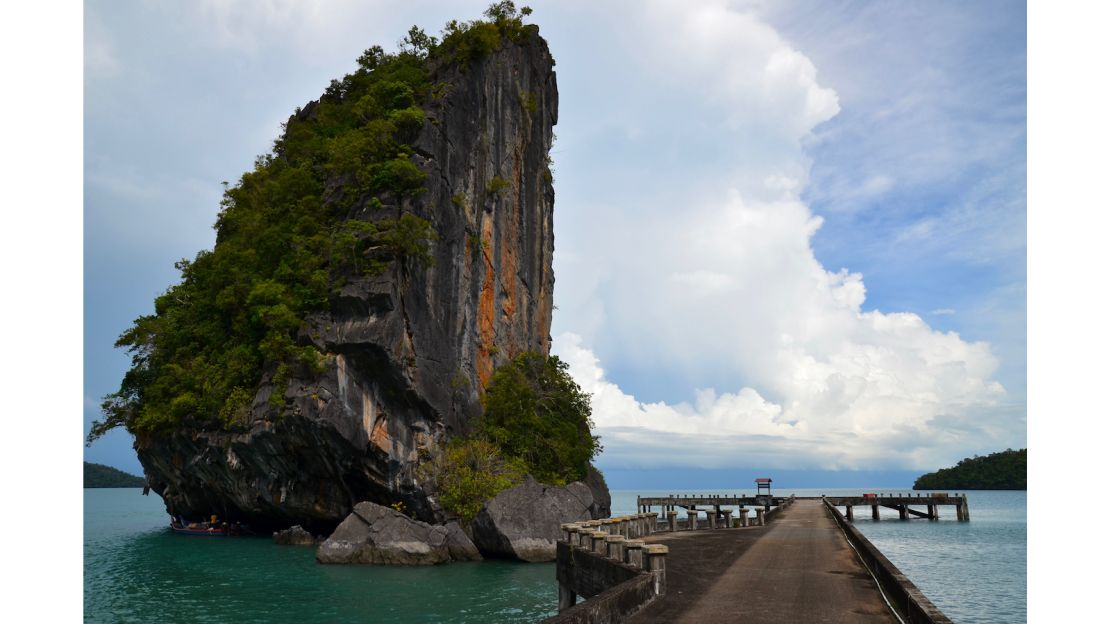
Within view of Malaysia’s Langkawi Island, nearly every inch of the fourth largest island in Thailand remains covered in virgin forest.
With a name that means “Mysterious Island” in an old Malay dialect, Koh Tarutao served as a prison from 1937-48 and signage at fascinating Talo Wao Bay recounts how abandoned prisoners turned to piracy for survival during World War II.
Getting to that point – or the 2.5-mile beach at Ao Son – requires pre-booking a truck or tackling a mountainous 10-mile trek or bike ride on a mossy single-lane road.
Cabins, tents and canteens are offered by the Mu Ko Tarutao Marine Park, which also covers Koh Khai, Koh Adang and Koh Rawi further west.
Establishing a model for the modern network of Thai marine parks, rangers narrowly escaped gunfire from illegal dynamite fishermen after the park was founded in 1974.
Getting there: Speedboats running between Pakbara and Koh Lipe drop passengers at Tarutao.


































